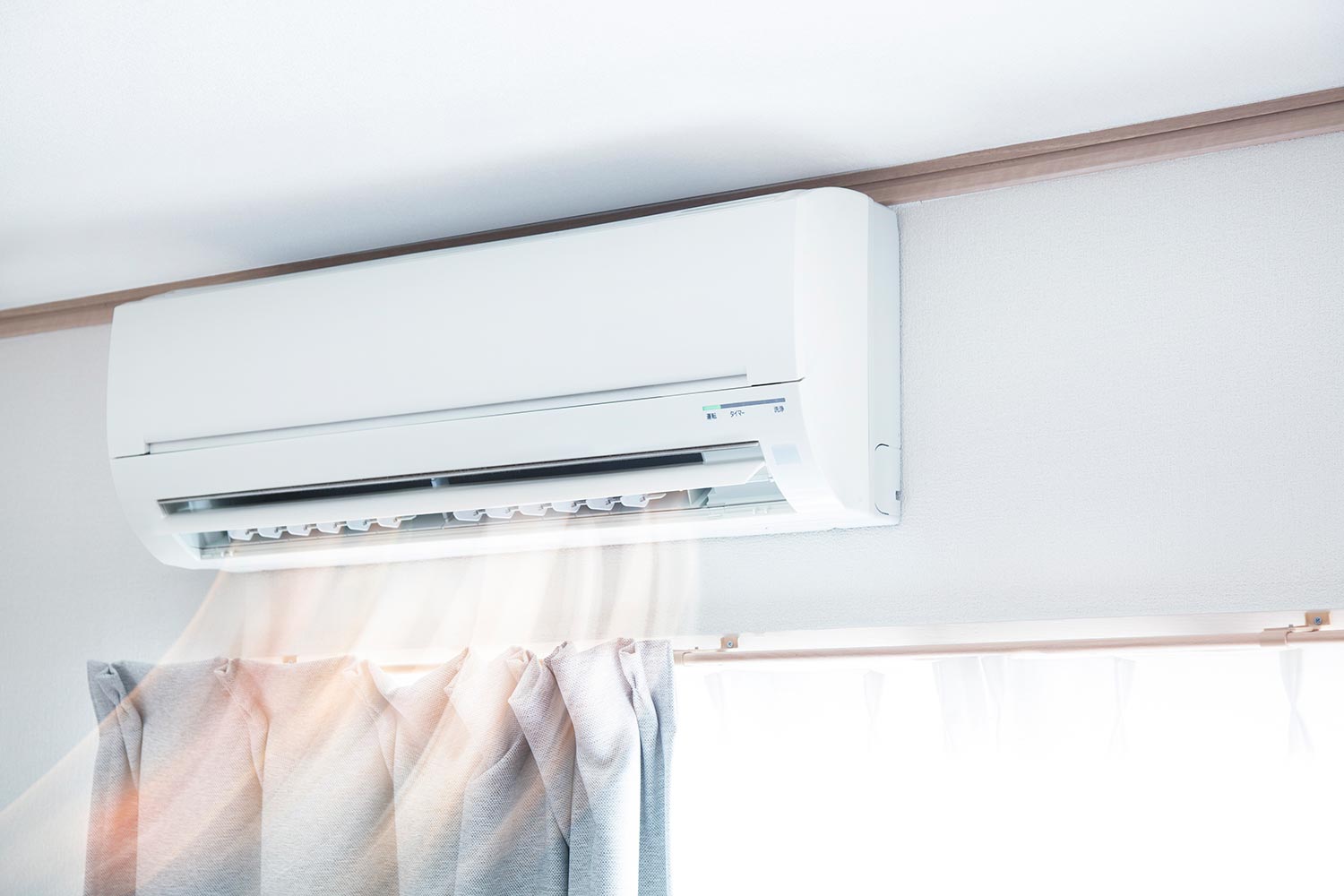Imagine your home as a delicate orchestra, where each room plays its own unique melody. Now, picture one instrument—a mini split air conditioner—aiming to harmonize the entire ensemble. Can a single mini split unit effectively cool multiple rooms, or is that mere fantasy? Let’s explore this fascinating topic, unearthing the intricate workings of mini split systems and their capacity to chill more than just one space.
First, let’s demystify what a mini split air conditioner is. Picture a versatile companion, comprised of two main components: an outdoor compressor/condenser unit and one or more indoor air-handling units. Unlike traditional HVAC systems that rely on ducts to distribute air throughout your home, mini splits function as a beacon of efficiency, facilitating zone cooling and heating. This method directly routes conditioned air to targeted areas, much like how a spotlight illuminates specific performers on stage, rather than flooding the entire theater with light.
At the core of the mini split’s allure is its potential for zoned climate control. With the ability to install multiple indoor units connected to a single outdoor condenser, one might wonder: is it feasible to cool various rooms simultaneously? The short answer is yes, but a tapestry of factors should be woven into the fabric of this discussion.
To initiate your journey, we must consider the size of the mini split system. It’s akin to selecting the right conductor for your orchestra. Each room has specific cooling requirements measured in BTUs (British Thermal Units), and a mini split system must be appropriately sized to accommodate the collective needs of multiple spaces. If the unit is undersized, much like a conductor unable to manage a large musical ensemble, it will struggle to maintain a comfortable temperature in all rooms, leading to inefficiencies and dissonance. Conversely, an oversized system may short cycle, creating a cacophony of abrupt temperature changes.
The layout of your home plays an equally pivotal role. Visualize your spaces as interconnected notes within a symphony. If your mini split is to function effectively across multiple rooms, a balanced flow of air must be ensured. Open floor plans often lend themselves well to this type of cooling; they allow air to circulate freely, leading to a more enjoyable atmosphere that embraces all areas. However, rooms that are isolated—perhaps with doors that remain shut—are akin to notes trapped in silence, stifling the harmonics produced by the mini split. For success, air circulation should be prioritized through strategic placement of indoor units, possibly incorporating fans to augment airflow in enclosed spaces.
Next, let’s play with the concept of simultaneous cooling. A multi-zone mini split system enables different indoor units to operate independently, each tailored to the specific comfort levels of the occupants. This means that while the living room bathes in a brisk 70 degrees, perhaps the bedroom opts for a cosy 75. Picture this scenario as a choir where each singer’s voice is tuned to their individual preference, culminating in a melodic harmony. However, achieving this diversity necessitates significant planning: the installation must allow for proper refrigerant distribution and electrical compatibility between the outdoor and indoor units.
Another critical consideration is insulation. A well-insulated home is the sweet melody that accompanies any mini split installation. Insulation acts as a guardian, retaining cool air and preventing the encroachment of outdoor heat—effectively amplifying the performance of your air conditioning system. In poorly insulated homes, even the most skilled mini split may find itself belting out a tune, but ultimately unable to reach the high notes of energy efficiency, leading to elevated utility bills and discomfort.
Then, there’s the question of climate. Not all environments harmonize well with a single mini split unit cooling multiple rooms. Regions marked by severe temperatures can present challenges. In areas plagued by sweltering heat, the demand on a single outdoor unit could exceed its limits if it is tasked with managing several indoor units. It’s like asking a soloist to carry an entire orchestra’s worth of sound. Therefore, homeowners in extreme climates might find themselves more at ease with dedicated systems in traditionally hotter areas, while temperate climates might revel in the versatility a single mini split provides.
The maintenance of your mini split system is another nuance worth examining. Like any instrument, consistent tuning is essential. Regular cleaning of filters, and periodic professional servicing ensures the system remains in peak condition, capable of performing beautifully across all rooms. Neglecting this aspect could lead to unsightly scales of dust and grime, ultimately choking the lifeblood of your cooling mechanism—a fate that no household desires.
As we wrap up this exploration, the ultimate question remains: can one mini split cool multiple rooms effectively? The answer is a nuanced affirmation. While it can indeed work wonders in a symphony of well-designed and insulated spaces, successful execution demands careful consideration of size, layout, airflow, and climate. Should you strike the right balance, a mini split system could not only cool your home but transform it into a serene retreat—where every room sings its own comfortable tune, harmoniously united under one cooling maestro. Let that enchanting melody of cool air sweep through your home, creating an experience that is as refreshing as it is inviting.
